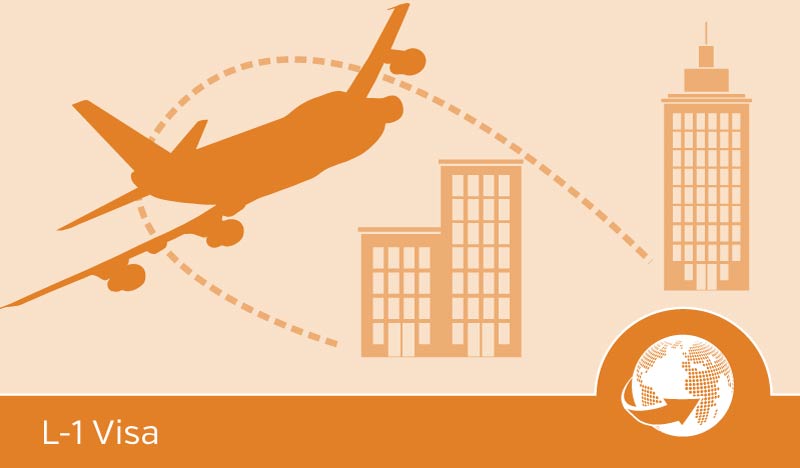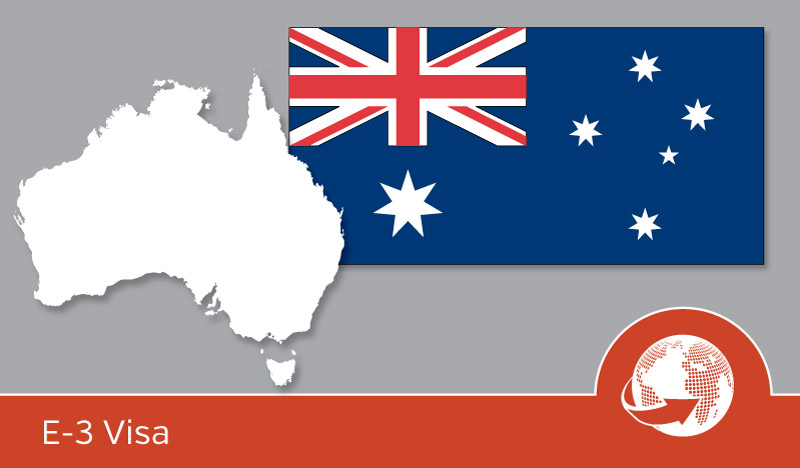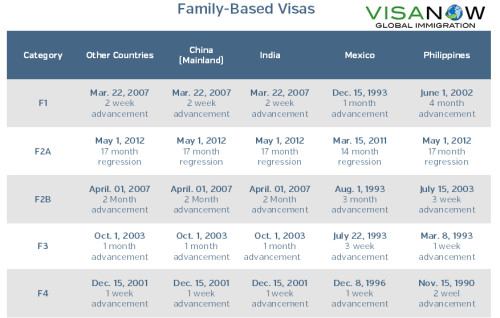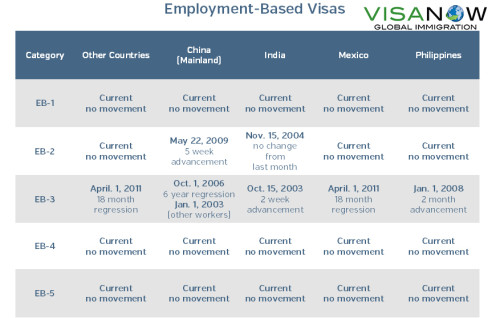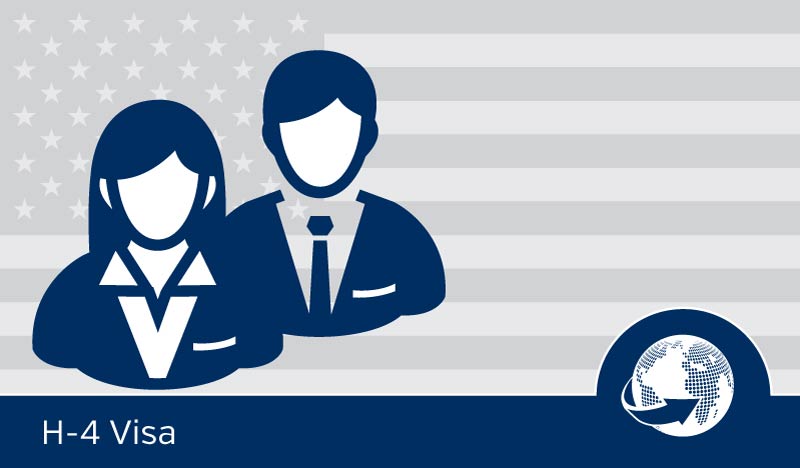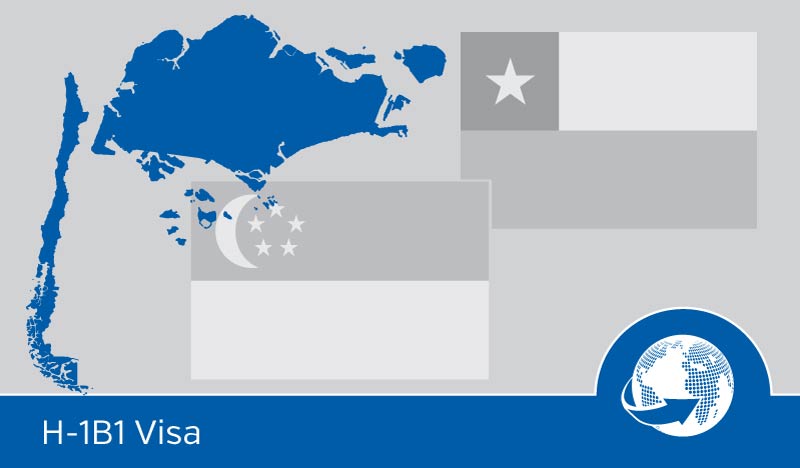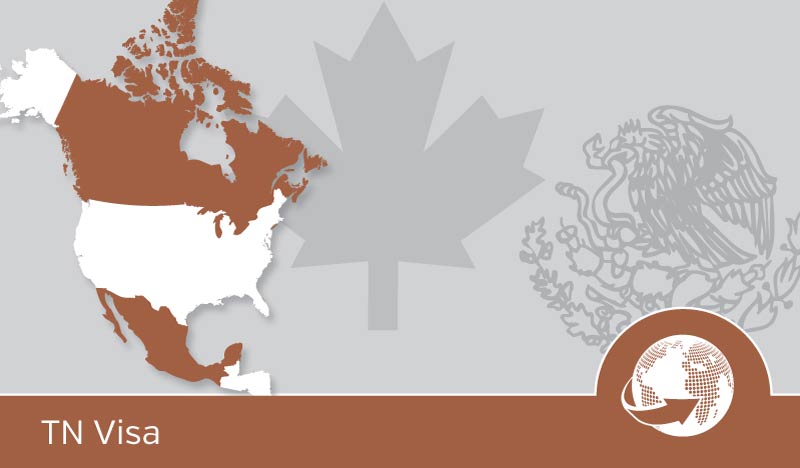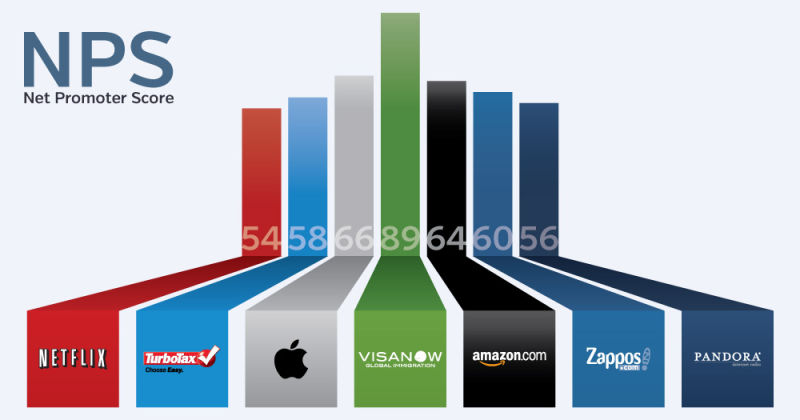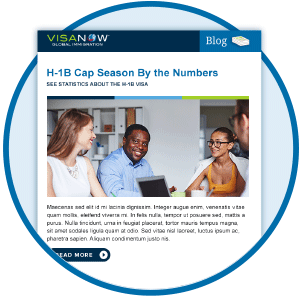H-1B Alternatives: The L-1 Visa
H-1B ALTERNATIVES
With the demand for the H-1B visa far exceeding the cap, it is important to know the H-1B alternatives available to HR professionals and employees.
According to the USCIS, there were 172,500 applications filed between April 1, 2014 and when the cap closed on April 7. The cap is set at 65,000, with another 20,000 available to individuals with advanced degrees. This means that roughly 50% of H-1B petitions will be not be accepted.
One alternative to the H-1B visa is the L-1 visa.
THE L-1 VISA
The L-1 visa is for foreign nationals who have worked for a foreign affiliate of a U.S. company as a manager, executive, or in a capacity involving specialized knowledge.
The foreign affiliate must have a qualifying relationship with the U.S. company. This could mean that the U.S. company owns the foreign company, or the foreign company owns the U.S. company. It could also mean that the U.S. company and the foreign company are both owned by a third company, or that the U.S. company and the foreign company are part of a joint venture.
There are two different L-1 visas: the L-1A and the L-1B. The L-1A is for employees working in a managerial or executive capacity, and the L-1B visa is for employees with specialized knowledge.
There are a couple of things to keep in mind when considering the L-1 visa as one of your H-1B alternatives.
The L-1 visas are dual intent, which means that if you’d like, you can pursue permanent residence through an employment-based green card.
If the spouse of an L-1 visa holder has an L-2 visa, they are eligible to work in the U.S. after receiving an EAD card by submitting an I-765 application with the USCIS.
While they are a great alternative to H-1B visas, L-1 visas are not an immediate solution because of the requirement of 12 months of continuous work abroad.
Employees on an L-1 visa can file to change status to H-1B. However, time spent in L-1 status counts toward the six-year maximum in H-1B status. Similarly, time spent in H-1B status counts toward the five- or seven-year maximum in L-1 status.
Finally, keep in mind that corporate restructuring and/or changes in ownership of specific affiliated entities can affect L-1 eligibility.
If you didn’t make the cap you may want to consider the L-1 visas as one of your H-1B alternatives.


